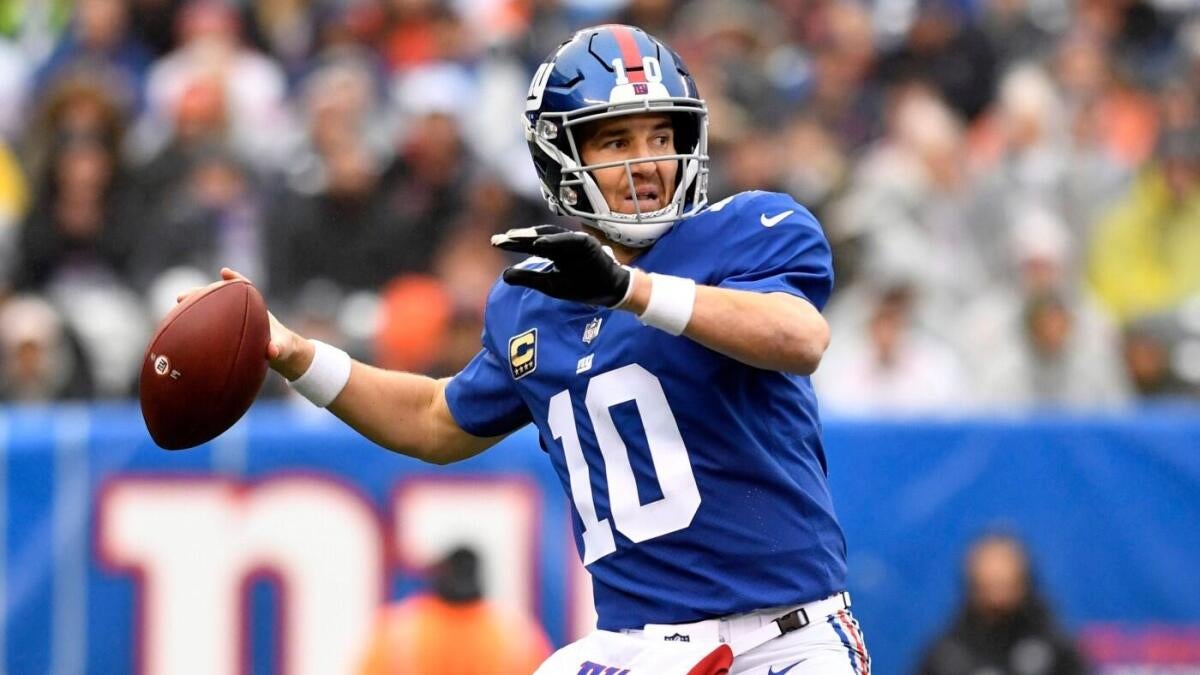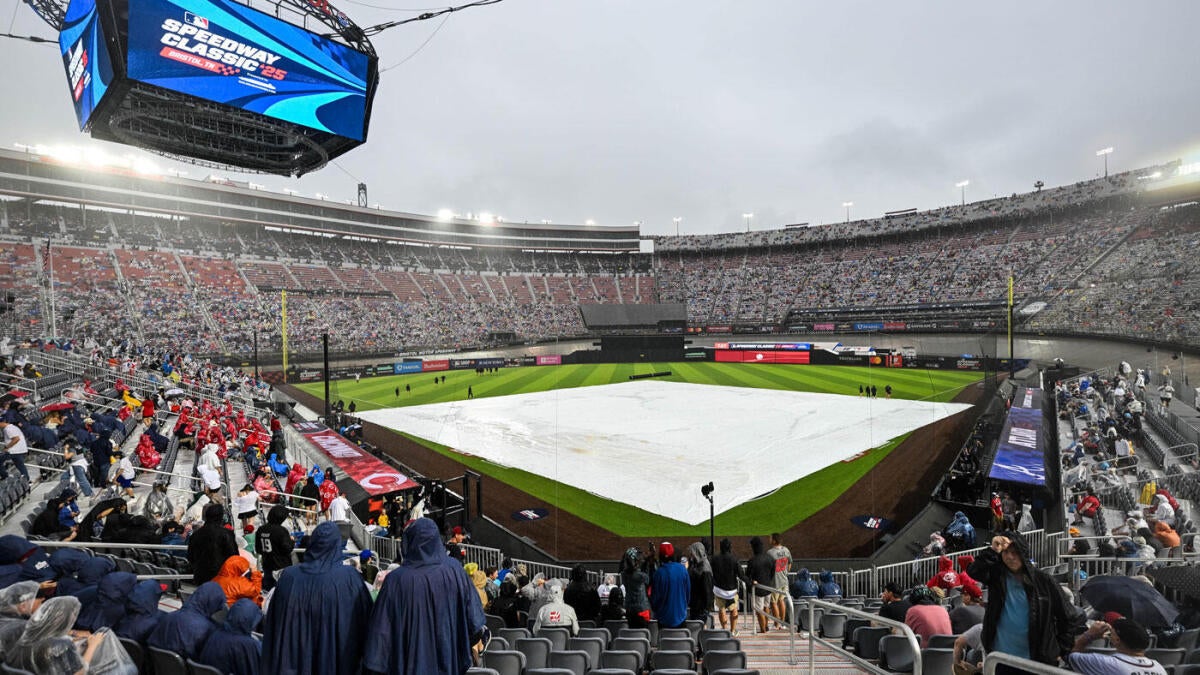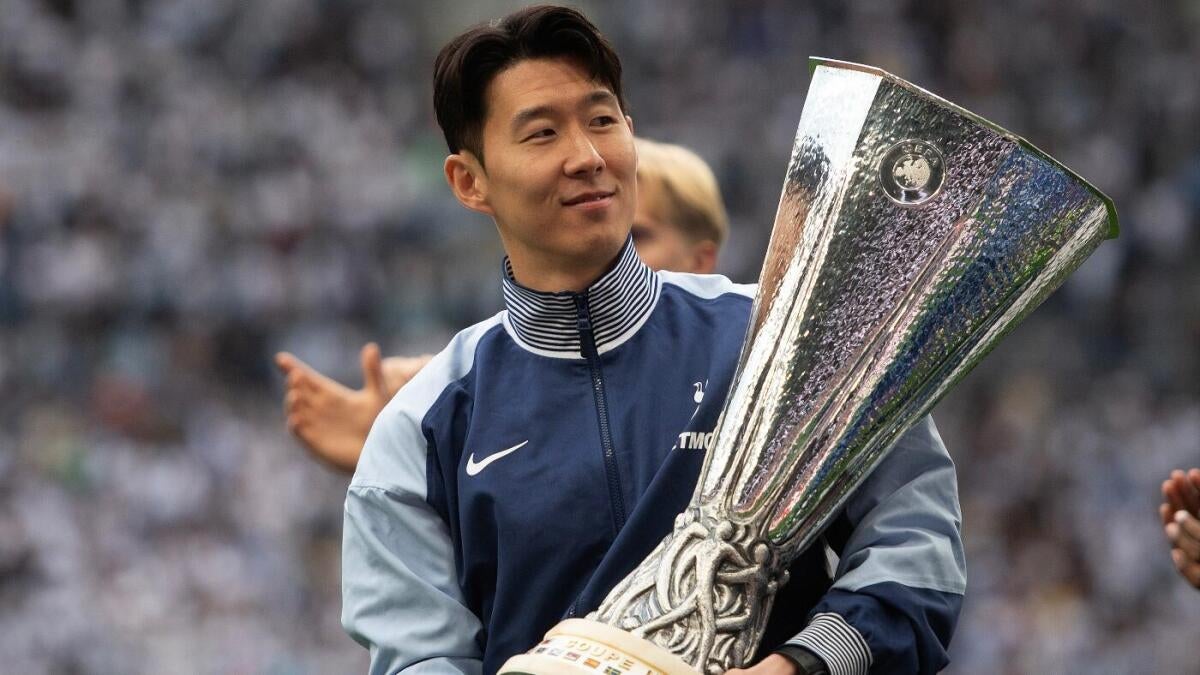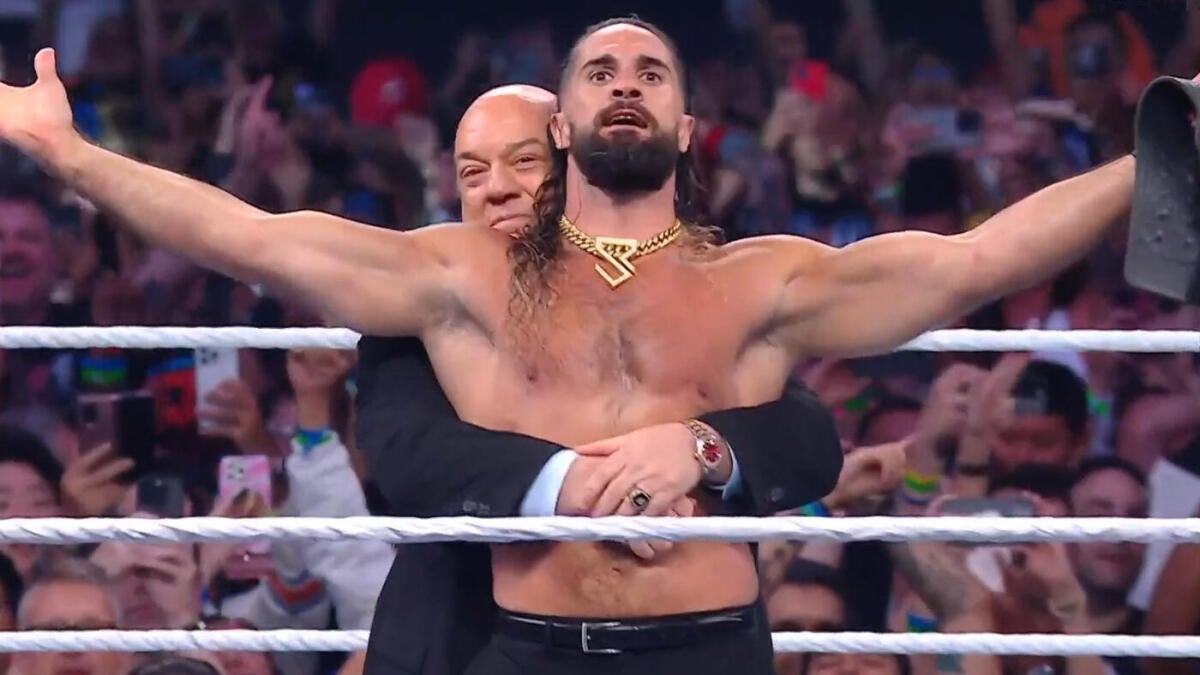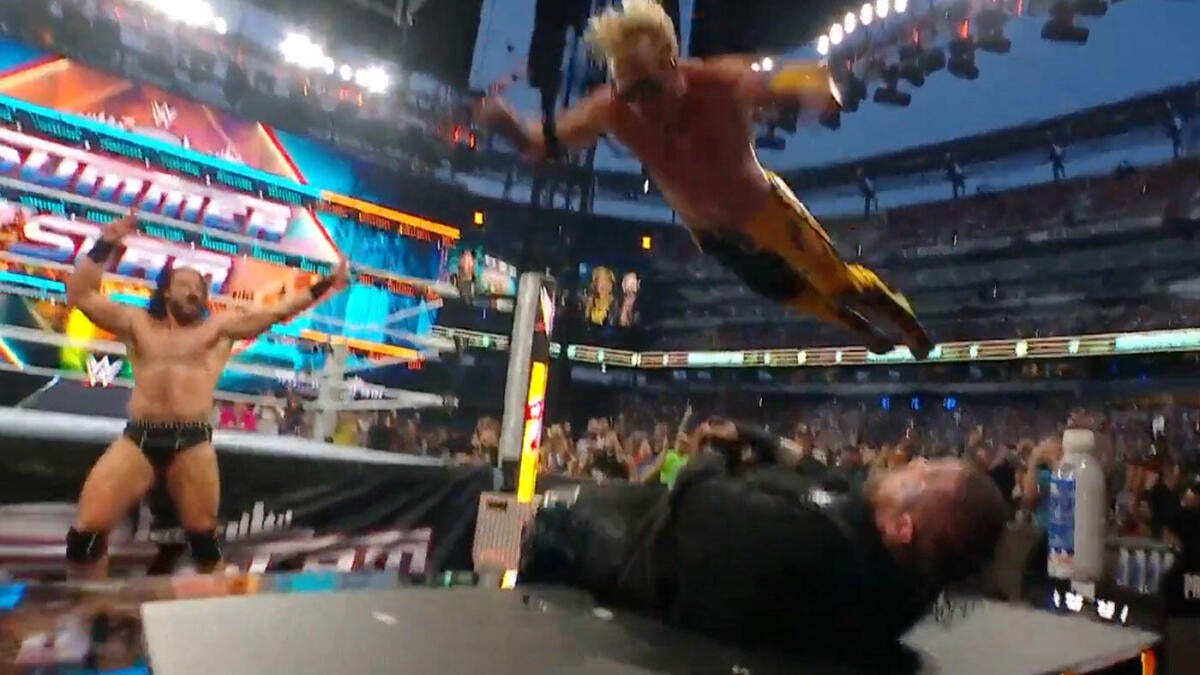The 2026 Pro Football Hall of Fame Class: A Deep Dive into the Next Wave of Legends
Introduction
The Pro Football Hall of Fame stands as the pinnacle of achievement for NFL players, a testament to their skill, dedication, and impact on the game. As the Class of 2025 is celebrated, the football world turns its attention to the potential candidates for the Class of 2026. This upcoming ballot is shaping up to be one of the most intriguing in recent memory, featuring a mix of first-time eligibles with undeniable credentials and returning candidates who have been waiting for their moment in the spotlight. This report will explore the landscape of the 2026 Hall of Fame class, highlighting the most likely inductees, the potential dark horses, and the key factors that will shape the selection committee’s decisions.
The First-Ballot Locks: Unquestionable Legends
Every Hall of Fame class has its clear-cut candidates, players whose careers are so distinguished that their induction is almost guaranteed. In 2026, two names rise above the rest: Drew Brees and Larry Fitzgerald.
Drew Brees: The Statistical Titan
Drew Brees, the former New Orleans Saints quarterback, is virtually assured of a first-ballot induction. His career is a statistical masterpiece, filled with records that may stand the test of time. Brees holds the NFL records for passing yards (80,358) and passing touchdowns (571), achievements that speak to his unparalleled consistency and productivity. Beyond the numbers, Brees was a leader on and off the field, guiding the Saints to their first and only Super Bowl victory in 2009. His accuracy, poise, and ability to elevate his teammates made him one of the most respected quarterbacks of his era. The only question surrounding Brees’ candidacy is whether he will be a unanimous selection, a rare honor reserved for the most universally revered players.
Larry Fitzgerald: The Ultimate Professional
Larry Fitzgerald, the longtime Arizona Cardinals wide receiver, is another surefire first-ballot Hall of Famer. Known for his exceptional hands, precise route-running, and unmatched sportsmanship, Fitzgerald was the epitome of consistency and class throughout his 17-year career. He ranks among the all-time leaders in receptions (1,432), receiving yards (17,492), and receiving touchdowns (121), and was a dominant force in the playoffs as well. Fitzgerald’s impact extended far beyond the field; he was a respected leader in the locker room and a beloved figure in the Arizona community. His stellar performance and impeccable character make him an obvious choice for enshrinement.
Strong Candidates with Compelling Cases
Beyond the first-ballot locks, several other players entering their first year of eligibility in 2026 boast impressive resumes and legitimate chances of earning a bronze bust.
Maurkice Pouncey: The Anchor of the Steelers’ Line
Maurkice Pouncey, a dominant center for the Pittsburgh Steelers, was a nine-time Pro Bowler and a two-time All-Pro. Anchoring the Steelers’ offensive line for over a decade, Pouncey was known for his exceptional strength, technique, and leadership. Centers often face an uphill battle for Hall of Fame recognition due to the nature of their position, but Pouncey’s sustained excellence and accolades make him a compelling candidate. His ability to protect the quarterback and open running lanes for some of the NFL’s most productive offenses cannot be overlooked.
Frank Gore: The Unstoppable Workhorse
Frank Gore, one of the most durable and productive running backs in NFL history, defied expectations throughout his career. While he may not have possessed the flashy highlight-reel plays of some other backs, Gore’s relentless running style and exceptional longevity resulted in him accumulating the third-most rushing yards in NFL history (16,000). Gore’s consistency and sheer volume of production should resonate with the Hall of Fame voters, who often value durability and sustained excellence.
Eli Manning: The Super Bowl Savior
Eli Manning, the former New York Giants quarterback, has an interesting case for the Hall of Fame. While his regular-season statistics may not blow anyone away, his two Super Bowl victories—both against the seemingly invincible New England Patriots—create a strong narrative that could sway voters. Manning’s ability to perform in the biggest moments, particularly in the playoffs, is a significant factor in his candidacy. His leadership and clutch performances in the Super Bowl cannot be overlooked, even if his regular-season stats are not as impressive as some of his peers.
The Waiting Game: Returning Candidates
The 2026 ballot will also include a number of returning candidates who have been finalists in previous years but have yet to receive the nod. These players often face a more challenging path to induction, as their accomplishments have already been debated and scrutinized by the selection committee.
Reggie Wayne: The Reliable Receiver
Reggie Wayne, the former Indianapolis Colts receiver, was a productive and reliable target for Peyton Manning. Wayne’s consistency and contributions to a high-powered offense make him a deserving candidate, but he faces stiff competition from other receivers already in the Hall of Fame or on the ballot. Wayne’s ability to perform at a high level for over a decade, particularly in the shadow of Marvin Harrison, is a testament to his skill and durability.
Jared Allen: The Pass-Rushing Machine
Jared Allen, a dominant pass rusher with a knack for sacking quarterbacks, accumulated 136 sacks during his career, placing him among the all-time leaders. His energetic playing style and memorable celebrations made him a fan favorite. Allen’s ability to disrupt opposing offenses and his consistent production over a long career make him a strong candidate for the Hall of Fame. However, he will need to overcome the competition from other pass rushers who have already been enshrined.
Patrick Willis: The Peak Performer
Patrick Willis, the former San Francisco 49ers linebacker, is often considered a lock for the Hall of Fame, but he remains on the outside looking in. His career was somewhat short compared to other linebackers, but his impact on the field when he played was undeniable. Willis’ ability to dominate in coverage, against the run, and as a blitzer set him apart from his peers. The voters will need to decide whether his peak performance outweighs his lack of longevity, a debate that has raged in previous years.
The Impact of Positional Scarcity
The Pro Football Hall of Fame selection process is not solely based on individual merit; it also considers positional representation. Certain positions, such as offensive linemen, linebackers, and defensive backs, often face greater scrutiny due to the limited number of spots available and the abundance of deserving candidates.
In 2026, this positional scarcity could impact the candidacies of players like Maurkice Pouncey and Patrick Willis, who face competition from other highly accomplished players at their respective positions. The selection committee will need to weigh the relative importance of each position and ensure that the Hall of Fame represents a balanced cross-section of NFL history. This balancing act is a crucial aspect of the selection process, as the Hall of Fame aims to honor the game’s rich history and the diverse roles that contribute to its success.
Factors Influencing the Selection Committee
Several key factors will influence the selection committee’s decisions for the Class of 2026:
Statistical Dominance
Players with impressive statistics and records often have a stronger case for induction. Drew Brees’ passing records and Frank Gore’s rushing totals will undoubtedly be highlighted during the selection process. The committee tends to favor players who have set new benchmarks or achieved milestones that highlight their dominance in their respective positions.
Championship Success
Winning a Super Bowl or other major championship can significantly boost a player’s Hall of Fame prospects. Brees’ Super Bowl victory with the Saints and Eli Manning’s two Super Bowl wins against the Patriots will be important factors in their evaluations. The committee often views championship success as a testament to a player’s ability to perform under pressure and contribute to a team’s overall success.
Longevity and Consistency
Sustained excellence over a long career is highly valued by the selection committee. Larry Fitzgerald’s durability and consistent production over 17 seasons will be a major asset in his candidacy. Players who have maintained a high level of performance over an extended period are often viewed as more deserving of enshrinement, as they have demonstrated their ability to adapt and excel in a constantly evolving game.
Impact on the Game
Players who have significantly influenced the game, whether through innovation, leadership, or exceptional performance, are often favored by the voters. Drew Brees’ impact on the passing game and his ability to elevate the play of his teammates are just a few examples of how a player can leave a lasting legacy on the sport. The committee looks for players who have not only excelled individually but have also shaped the way the game is played.
Potential Surprises and Dark Horses
While the most likely inductees have been identified, the Hall of Fame selection process is never without surprises. There are always a few dark horse candidates who could emerge as serious contenders.
Antonio Gates: The Tight End Trailblazer
Antonio Gates, a tight end with a unique blend of size, athleticism, and receiving skills, was a dominant force for the San Diego Chargers. His impressive statistics and consistent performance make him a potential sleeper candidate. Gates’ ability to stretch the field and his reliability as a red-zone target set him apart from his peers. While tight ends have traditionally faced an uphill battle for Hall of Fame recognition, Gates’ impact on the position and his sustained excellence could make him a compelling choice for the committee.
London Fletcher: The Underrated Linebacker
London Fletcher, a linebacker known for his relentless work ethic and consistent production, has more tackles than Ray Lewis, a fellow linebacker already enshrined in the Hall of Fame. Fletcher’s ability to play at a high level well into his 30s is a testament to his durability and skill. While his name may not stand out as much as some of his peers, Fletcher’s consistent performance and leadership make him a potential dark horse candidate. He will need a strong advocate to push his case, but his resume is certainly worthy of consideration.
Conclusion: A Class to Remember
The Pro Football Hall of Fame Class of 2026 has the potential to be one of the most memorable in recent history. With a blend of first-ballot locks, strong candidates, and intriguing returning players, the upcoming selection process promises to be filled with compelling debates and tough decisions. The inductions of Drew Brees and Larry Fitzgerald seem inevitable, while the fates of other deserving candidates remain uncertain. Ultimately, the selection committee will be tasked with choosing a class that honors the rich history of the NFL and celebrates the players who have left an indelible mark on the game. The 2026 class has the potential to be a testament to the diverse talents and contributions that have shaped the sport, ensuring that the Hall of Fame continues to reflect the excellence and legacy of the NFL.







